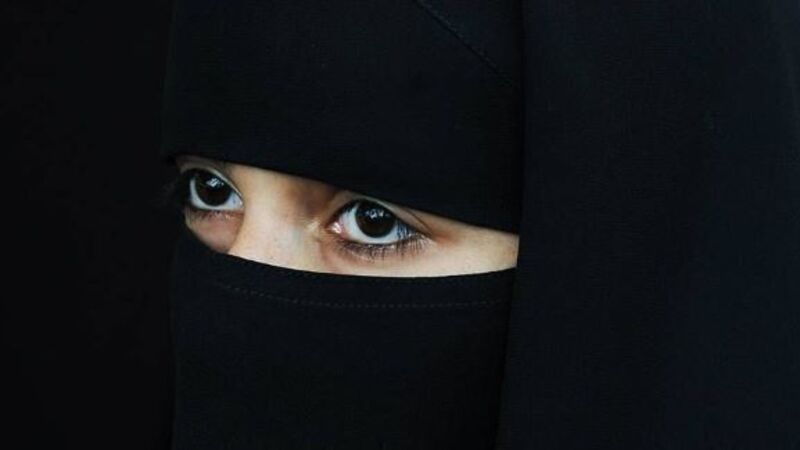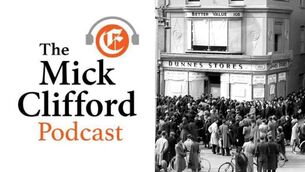Mixed Messages on religious symbols and dress code

DECISIONS on religious symbols explore the contours of the limits to religious freedom under the European Convention on Human Rights. Unfortunately, the Strasbourg court may be criticised for construing Christian symbols as benign and traditional, but Islamic symbols as powerful and proselytising.
For instance, when Lucia Dahlab sued Switzerland for its measure prohibiting her from wearing her hijab while teaching, the Court in 2001 described the headscarf as a “powerful external symbol”. Dahlab’s pupils were at a tender age and the headscarf might have “some kind of proselytising effect”. The headscarf seemed to be imposed on women by a Koranic precept which was “hard to square with the principle of gender equality” and “the message of tolerance, respect for others and, above all, equality and non-discrimination that all teachers in a democratic society must convey to their pupils”.
















